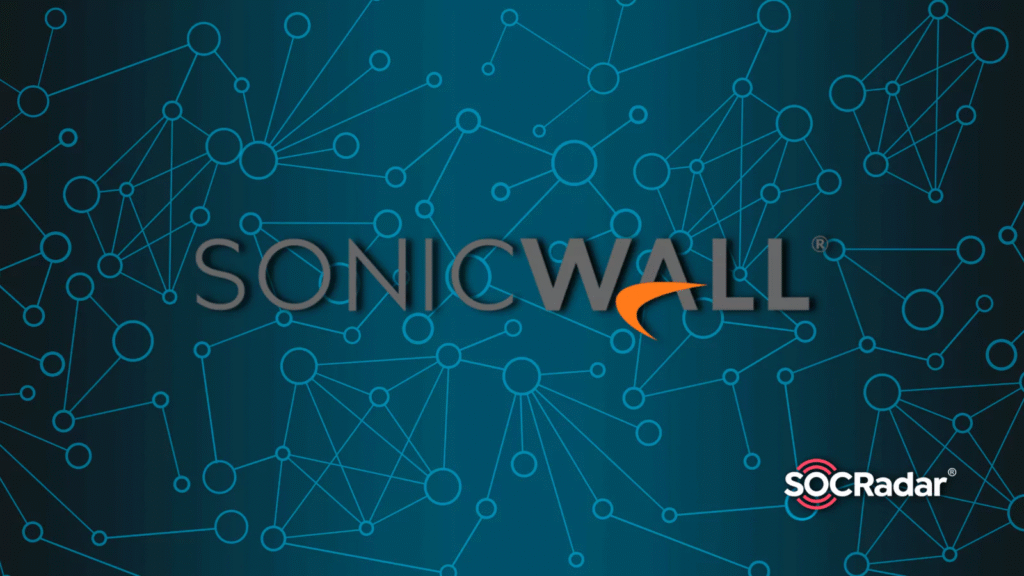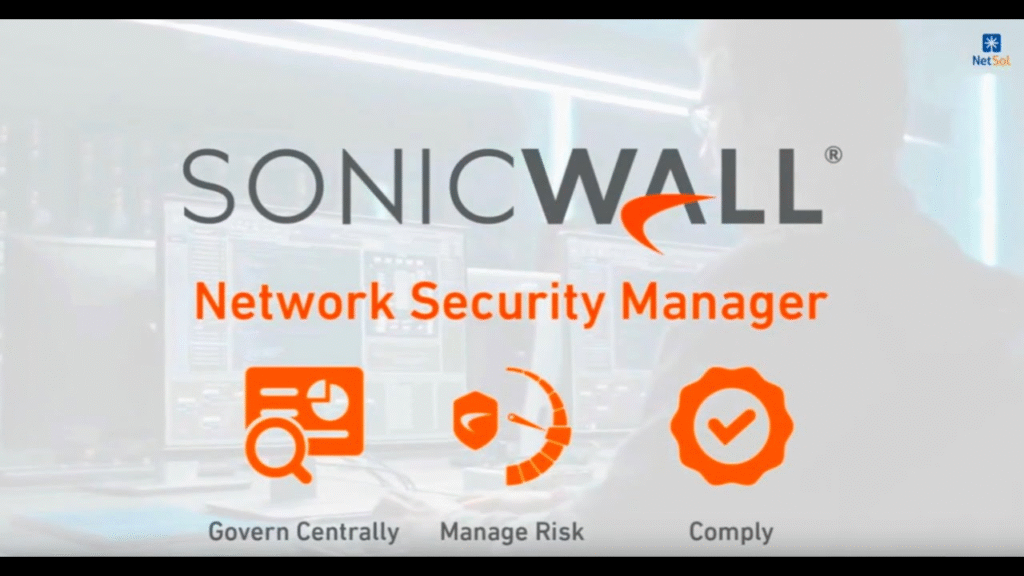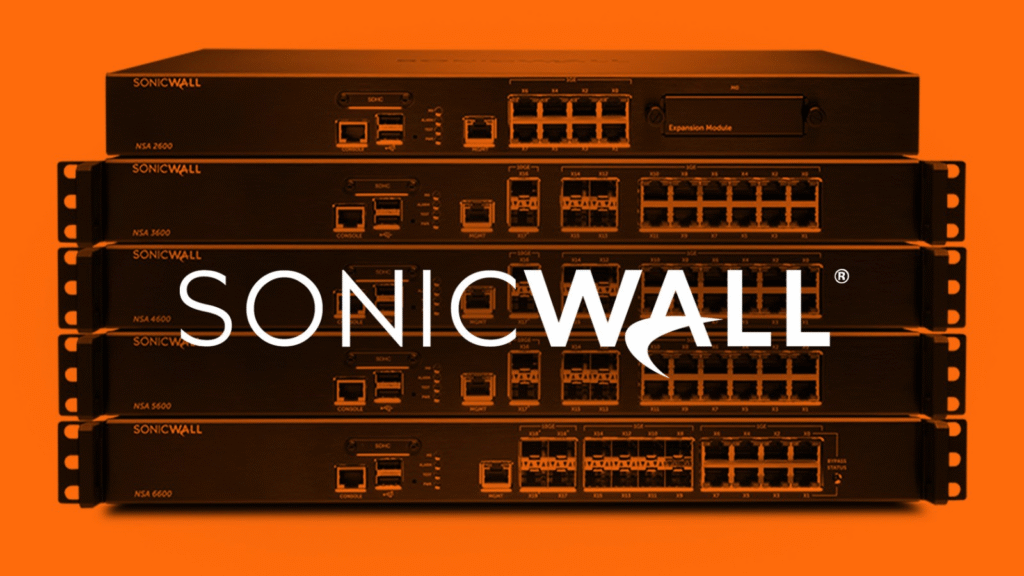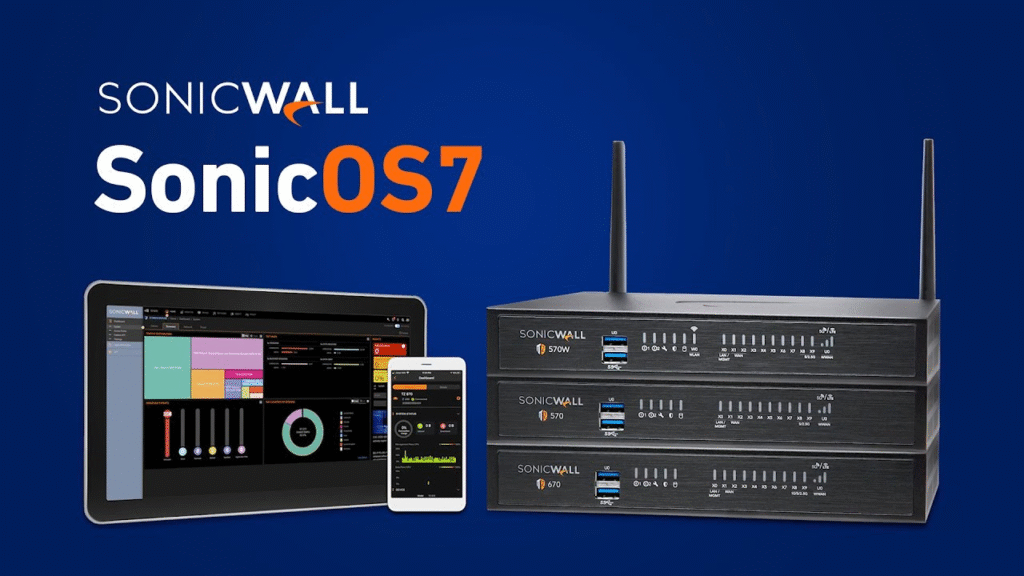SonicWall is widely known for its robust cybersecurity solutions, particularly in network firewall protection, VPN access, and unified threat management. SonicWall VPN Login However, even the most reliable systems can encounter occasional hiccups. One of the most commonly reported issues by SonicWall users is difficulty during login. SonicWall VPN Login This article provides a comprehensive exploration of the various problems users face when logging into their SonicWall devices and the most effective strategies for troubleshooting and resolving these issues.

Understanding SonicWall Login Access
Before diving into the problems and solutions, it’s important to understand how SonicWall login works. The device interface can typically be accessed via a browser by entering the IP address of the SonicWall appliance. SonicWall VPN Login Once the login page is loaded, users are prompted to enter their credentials to access and manage configurations.
Common use cases for accessing the SonicWall interface include:
- Managing firewall rules
- Configuring VPN settings
- Monitoring network traffic
- Updating firmware
- Creating or managing user access controls
Login issues prevent users from performing these crucial administrative tasks, which can affect overall network security and performance.
Common SonicWall Login Problems
1. Incorrect Login Credentials
This is the most frequent issue. Users may enter the wrong username or password due to typographical errors, expired passwords, or forgetting the correct login information.
2. Browser Compatibility Issues
Sometimes, the web interface fails to load properly because of incompatible or outdated browsers. SonicWall VPN Login Browser extensions or pop-up blockers may also interfere with the login page.
3. IP Address Not Reachable
If the SonicWall device’s IP address changes or if the user is on a different subnet, they may not be able to reach the login page.
4. Locked or Expired Account
Multiple failed login attempts may cause the account to be locked. In some configurations, accounts may expire after a set period.
5. SSL Certificate Errors
Accessing the SonicWall interface over HTTPS with a self-signed certificate can lead to browser warnings. These warnings sometimes block access altogether.
6. GUI Not Loading
Sometimes the graphical user interface may fail to display or respond due to issues with JavaScript, cookies, or browser settings.
7. Firmware Glitches
Old or corrupted firmware may create performance issues, causing the login interface to crash or behave erratically.
8. Network Configuration Problems
Incorrect VLAN, DHCP, or static IP configurations can prevent access to the login portal.
9. Session Timeouts and Concurrent Logins
Some configurations limit simultaneous logins or have session timeouts that disconnect users abruptly.
10. Remote Access Restrictions
If remote access settings are not correctly configured, users trying to log in from outside the network will be blocked.
Diagnosing Login Issues
Troubleshooting SonicWall login problems SonicWall VPN Login begins with identifying the root cause. Here’s how to systematically diagnose the issue:
- Ping the device: Use command-line tools to ping the SonicWall IP.
- Check physical connections: Ensure cables are connected properly.
- Test multiple browsers: Try accessing the device from different web browsers.
- Attempt local access: If remote login fails, try accessing locally within the network.
- Use SafeMode: For serious issues, reboot into SafeMode to regain access.
Solutions to Common Login Problems
Solution 1: Reset Login Credentials
If you’ve forgotten your login information:
- Try the default credentials (commonly admin/admin or admin/password)
- Use the password recovery option if enabled
- Reset the device to factory settings if no credentials work (Note: This erases all settings)

Solution 2: Use a Supported Browser
- Clear the browser cache and cookies
- Disable unnecessary extensions
- Use latest versions of browsers like Chrome, Firefox, or Edge
- Use Incognito or Private mode to avoid cached sessions
Solution 3: Verify IP Configuration
- Confirm your device is on the same subnet
- Check your IP settings (DHCP vs. Static)
- Connect directly to the SonicWall LAN port for testing
Solution 4: Unlock User Account
- Wait for the automatic unlock period
- Access using another admin account and unlock the user
- Reboot the SonicWall if necessary
Solution 5: Address SSL Issues
- Click “Advanced” in your browser to proceed despite warnings
- Install a valid certificate to avoid future issues
- Add exceptions in your browser settings if needed
Solution 6: Update Firmware
- Log in via SafeMode if standard interface fails
- Download the latest firmware from SonicWall’s website
- Upload and apply it through SafeMode GUI
- Always backup configuration before updating
Solution 7: Reconfigure Network Settings
- Make sure DHCP is enabled if dynamic IP is used
- Manually assign a compatible static IP on your PC for testing
- Use an Ethernet connection rather than Wi-Fi during troubleshooting
Solution 8: Use Console Access
When all else fails:
- Connect to the device via console cable
- Use terminal emulation software like PuTTY
- Reset passwords or network settings via CLI
Solution 9: Check Concurrent Session Limits
- Log out of all sessions and try again
- Increase session timeout or concurrent login settings
Solution 10: Correct Remote Access Settings
- Ensure correct NAT and firewall rules
- Verify SSL VPN configuration
- Whitelist IPs if using geographic or IP-based access controls
Preventing Future Login Issues
Use Strong, Regularly Updated Passwords
Avoid default or predictable passwords. SonicWall VPN Login Use a mix of letters, numbers, and special characters.
Enable Two-Factor Authentication
This adds a layer of protection and helps prevent unauthorized access.
Maintain Updated Firmware
Check regularly for firmware updates that fix bugs and enhance security.
Backup Device Configuration
Before making changes, create a backup. In the event of failure, a backup allows quick restoration.
Use Multiple Admin Accounts
Avoid putting all access under a single admin account. Create secondary accounts for redundancy.
Monitor Device Logs
Review login logs periodically for signs of unauthorized access or recurring issues.
Schedule Maintenance Windows
Avoid making major changes during business hours. Plan updates or configuration changes during low-traffic periods.
When to Contact SonicWall Support
If all troubleshooting steps fail, contact SonicWall technical support. Be ready to provide:
- Device model and serial number
- Firmware version
- Description of the problem
- Screenshots or log files
SonicWall support can offer advanced diagnostics, help with warranty replacements, or assist with license and update issues.

Conclusion
Login issues with SonicWall devices can range from simple browser incompatibilities to complex network configuration errors. By understanding the typical problems and applying structured solutions, SonicWall VPN Login users can resolve most login challenges efficiently. Keeping firmware updated, maintaining secure access protocols, and following best practices will help prevent these problems from recurring.
This guide provides a clear path to troubleshooting and resolving login problems while offering preventative strategies to maintain uninterrupted and secure access to SonicWall devices. SonicWall VPN Login With the right tools and knowledge, managing network security through SonicWall becomes a smooth and reliable process.
























